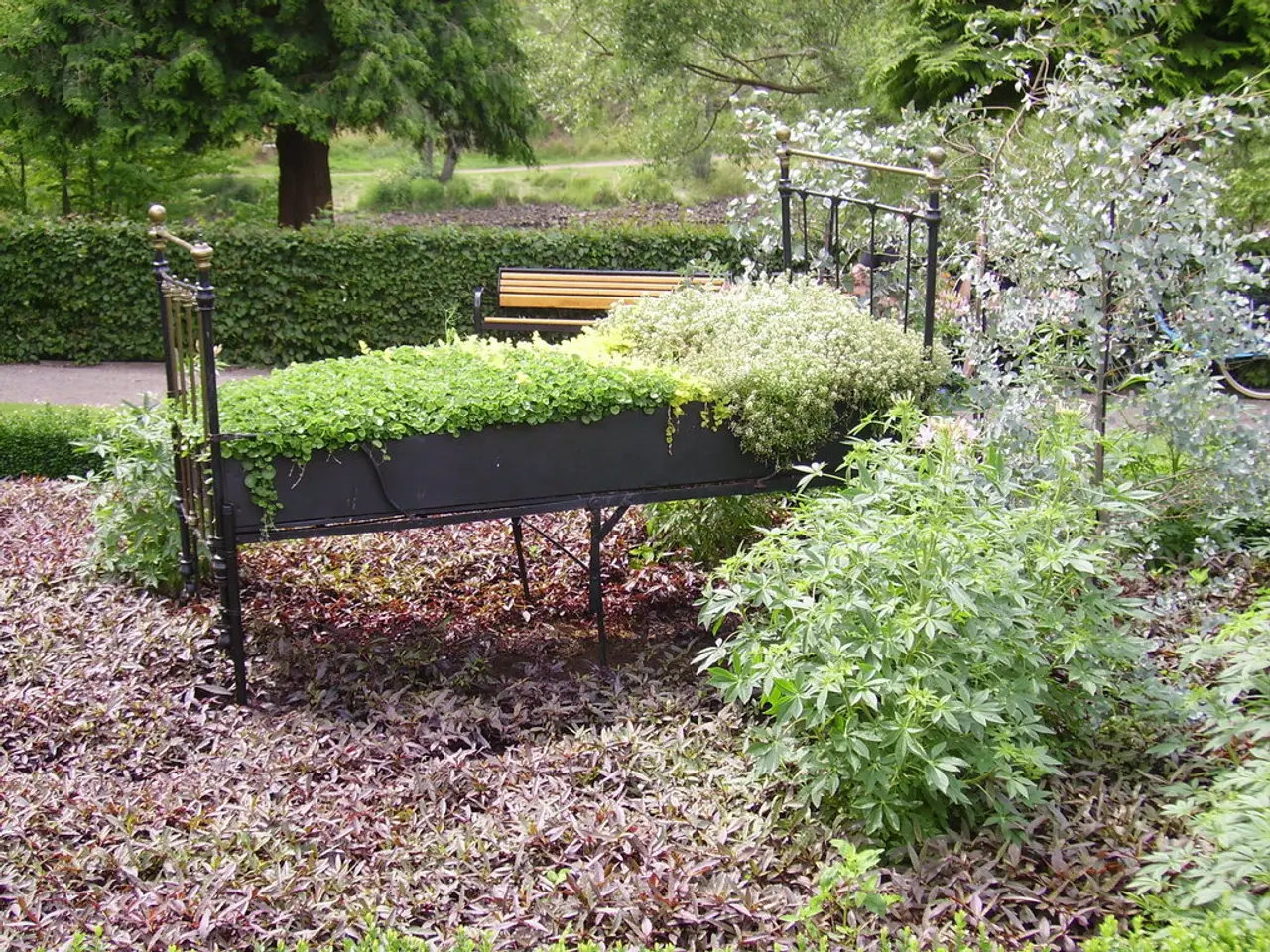Seven Evergreen Creeping Plants - Maintain Attractive Surfaces Throughout the Year
In gardens across the United States, evergreen climbing plants add a touch of year-round greenery and beauty to walls, fences, and trellises. Here are some options suitable for a range of USDA hardiness zones, from mild temperate to subtropical.
Persian Ivy (Hedera colchica) is a non-native ivy that is less invasive and problematic than English ivy. Hardy in USDA zones 6 through 9, Persian ivy grows well in partial and full shade, and also tolerates dry soil. It can grow up to 50 feet (15m) tall and has larger, heart-shaped, leathery, and slightly curled leaves. While English ivy's flowers are insignificant, Persian ivy is a better choice for those seeking a more manageable, less invasive ivy.
English ivy (Hedera helix) is native to Europe but considered an invasive plant in many parts of North America. It grows up vertical surfaces, providing year-round coverage with minimal effort, and has glossy, dark green leaves. English ivy is hardy in zones 4 through 9.
For those seeking something more exotic, Chilean potato vine (Solanum crispum) is a climbing evergreen vine native to Chile and Argentina, suitable for USDA zones 9 to 11. Chilean potato vine grows well in full sun or partial shade, and in rich, medium-moisture soil that drains well. It produces attractive purple flowers with vibrant yellow stamens and has a sweet smell followed by pretty berries. However, be aware that Chilean potato vine is poisonous, so take care if growing in a garden where children will be.
Another evergreen climber worth considering is Climbing hydrangea variety Pileostegia viburnoides. It has attractive, shiny, green foliage and panicles of lacy, creamy white flowers that bloom in summer and fall. Climbing hydrangea can grow up to about 15 feet (7.6m) tall and readily clings to vertical surfaces. It is hardy in zones 8 through 10.
For those looking for a perennial vine with bright yellow trumpet-shaped flowers and a sweet fragrance, Carolina Jessamine (Gelsemium sempervirens) is an excellent choice. It thrives in USDA zones 6 to 10, tolerating full sun to partial shade.
Lastly, the Chocolate Vine (Akebia quinata) is an evergreen shrub/small tree with glossy leaves and chocolate-scented purple flower clusters. It is hardy in zones 7b to 10b.
While some popular climbers like Boston ivy and Virginia creeper provide dense coverage and seasonal color, they tend to be semi-evergreen or deciduous rather than fully evergreen. The evergreen climbers mentioned above offer year-round greenery and are ideal for those seeking a touch of beauty and greenery in their gardens all year round.
A home-and-garden enthusiast in USDA zones 6 through 9 might consider Persian Ivy (Hedera colchica), a non-native ivy with larger, heart-shaped, leathery leaves, due to its less invasive nature compared to English ivy. For those in USDA zones 7b to 10b seeking an evergreen shrub, the Chocolate Vine (Akebia quinata) with glossy leaves and chocolate-scented purple flower clusters could be a suitable choice.






